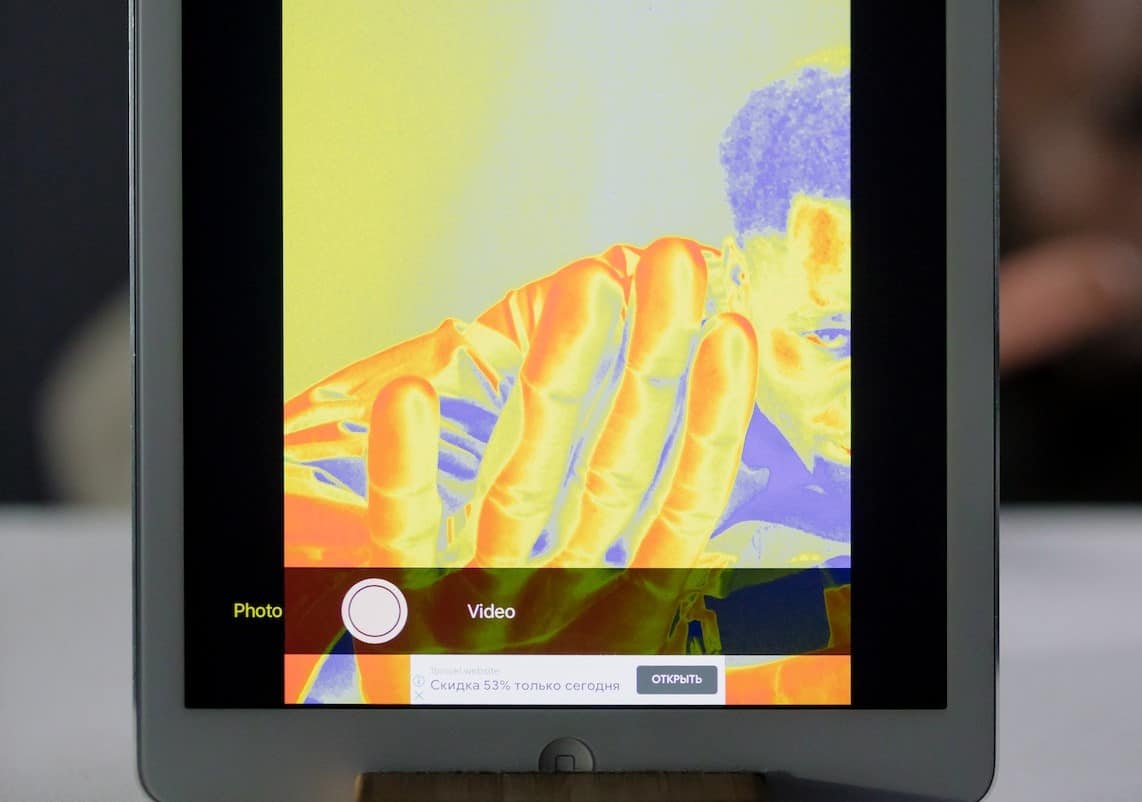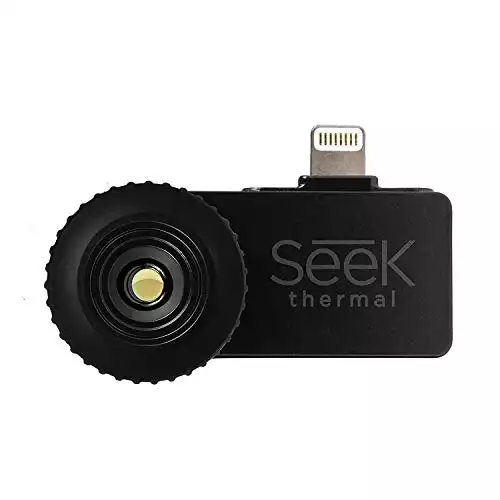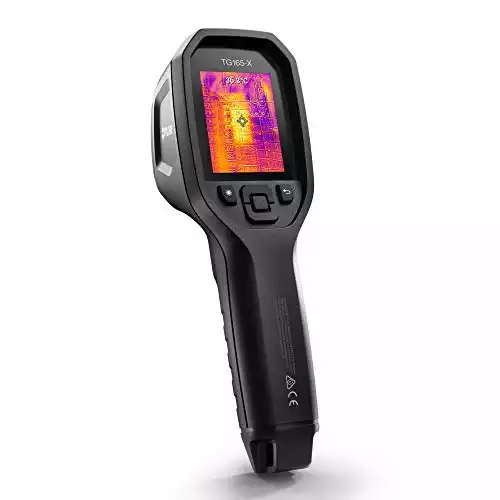Every year, beekeepers across the country face the ultimate beekeeping test, keeping their colonies alive through the winter.
According to the National Colony Loss and Management survey, 32.2% of managed colonies across the country didn’t survive the winter season between October 2020 and April 2021. That’s about one in every three bee colonies.
The only reason beekeepers don’t just pack up and leave the beekeeping business is that they can split surviving colonies in the spring to compensate for the loss. But it’s always a disappointment when we open up that hive and find no signs of life.
Sometimes, beekeepers lose more than just a third of their bees. According to the survey, the losses have increased from the previous year.
Between the varroa mite, pesticide use, and climate change affecting the availability of nectar and pollen, bees are in poor shape. When the weather starts to turn, their chances of survival fall.
Now, for the good news. You may not save all the colonies, but you can rescue some colonies before it’s too late.
Some colonies survive the coldest part of winter, only to starve as spring begins. Opening the hive to check on your bees isn’t always a good idea since you let their warmth out. A non-invasive method to check on your bees would help you identify colonies that warrant a closer look. Your healthy bees remain undisturbed, and the bees don’t have to deal with your invasion.
Thermography or thermal imaging provides the technology beekeepers need for this purpose.
In this blog post, we’ll show you how a thermal camera can help you get a visible image of your colonies through the winter and how it can help keep your bees alive.
|
Primary Rating:
4.3
|
Primary Rating:
4.0
|
Primary Rating:
4.4
|
|
$349.00
|
$239.99
|
$348.97
|
Thermal Camera and Imaging for Beekeepers
How Does the Thermal Camera Work?
Whereas a regular camera works like the human eye, using visible light to create an image, a thermal camera uses sensors to detect and record heat signatures, which relay as an image. The camera detects the slightest differences in temperature to create detailed images.
The resolution of these images is poorer than those of a regular camera, although the resolution in pixels varies depending on the individual specs of the camera you choose.
We’ll look more at your options later in this article.
What Problems Can You Identify Using Thermal Imaging?
Bees survive the winter by forming a ball called a cluster and vibrating their wing muscles to generate heat.
They need a lot of energy to keep those muscles flexing. They need honey or supplementary feed like syrup or candy boards to give them that energy.
The bees move within the cluster to keep from overheating. Those in the center move out and push in those on the outside.
By taking a thermal image of the hive, the size and heat signature of the cluster will tell you the size and health of the colony.
Let’s look at how thermal images help you diagnose problems in the hive.
Weak Colony
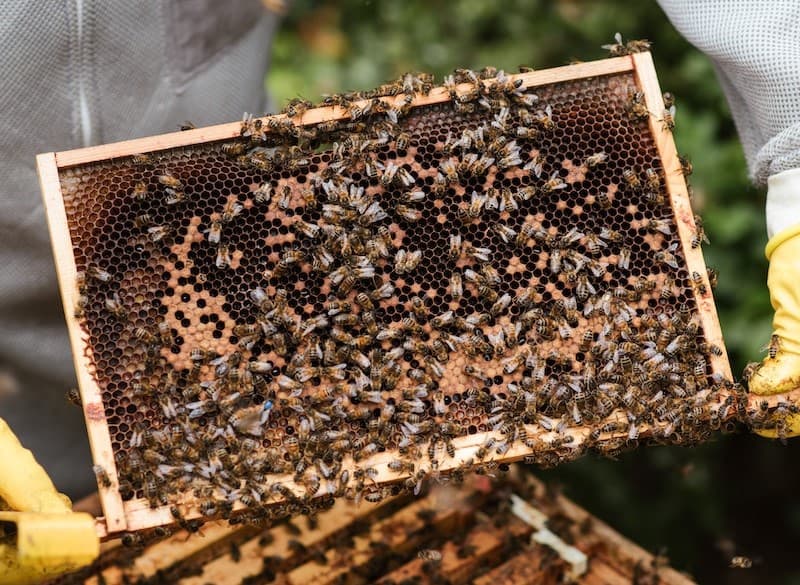
Bees keep the core of the cluster at a toasty 95°F (35°C) when they have brood and a cooler 64°F to 84°F (18°C-29°C) without brood.
The more bees there are, the easier it is to generate and maintain a stable temperature.
A weak colony will have a lower heat signature and will appear small. If you identify a weak colony in time, you can do a variety of things to save them:
- Bring them indoors – put them in your garage or shed, which is probably warmer than the freezing temperatures outside.
- Combine them with a stronger hive – By removing the queen in the weaker colony, you can save the rest of the bees by combining them with a larger bee colony.
Intruders
Mice are happy invaders of beehives, coexisting with the bees in the winter because, in their quest to keep warm, the bees will ignore the mouse moving in and rearranging the furniture.
Unfortunately, mice can destroy honeycombs. If you haven’t put a mouse guard on the entrance to keep them out, you need to get them out as soon as you find them.
If you notice more than one warm heat signature inside the hive, open the hive and take a closer look. A colony won’t form multiple clusters within the same beehive.
Finding the mice will prevent unnecessary damage to the honeycomb you need in the spring.
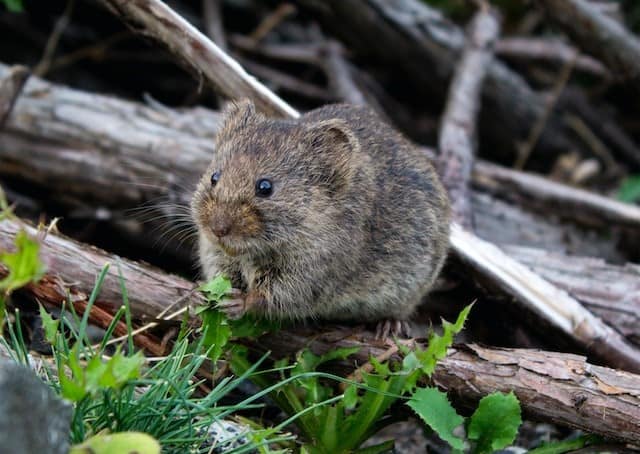
Low on Stores
The two biggest threats bees face in the winter are freezing and starving. The threat of freezing is prevented by having a large cluster, but a large colony needs a lot of food.
When bees settle in for the winter, they start by eating the honey they stored in the bottom-most box, then move across the other frames and then upward to the box above.
If you take a thermal image of your hive and notice that the cluster is literally under the cover, you know you need to intervene.
Depending on how cold it is, it may be time to provide a candy board if the ambient temperature is too low for syrup. If you have the honey to spare, this would be the time for a refill.
Need for Hive Rotation
As beekeepers prepare for spring, they have to deal with the threat of swarming. When spring begins, the queen bee starts to lay eggs to provide the colony with more foragers to bring in the spring’s brand-new nectar.
As a result, the hive gets congested. Congestion triggers the bee’s impulse to swarm.
If beekeepers didn’t exist, the bees living in hollow trees would follow their natural routine. They would move up the comb during winter while feeding on honey stores, then expand downward in the spring.
The tricky part is that the cluster and queen bee sometimes remain in that top box and continue to populate it without moving into the lower, now empty, bee box. That means they may get the impulse to swarm despite having an empty box available.
To combat this, beekeepers reverse the positions of the brood boxes, putting the cluster back in the bottom. Sometimes, more intervention is needed, such as moving some brood frames to the top brood chamber.
Hive rotation is only effective if the colony is strong enough to accommodate the disruption and cover the brood frames in their new position.
To save time, take a thermal image before sunrise and establish which hives could benefit from a rotation and which are best left alone.
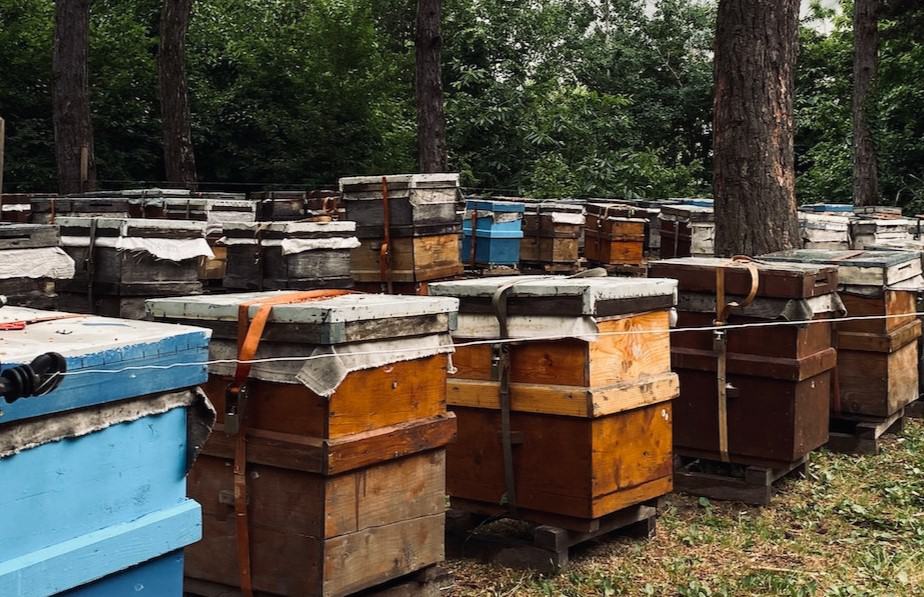
Factors Affecting Thermal Images
Sunlight
Since the thermal imagers or sensors detect infrared light in sunlight, the temperature difference will affect readings. The temperature differences can affect the result of these visual images.
The best time to take a picture is just before sunrise, preferably on a cloudless day.
The Emissivity of the Material
It is defined as the effectiveness of a material in emitting energy as thermal radiation. Shiny surfaces have low emissivity. That’s because shiny surfaces reflect heat rather than absorb it, giving a false reading of whatever lies beneath.
For example, if you aim your camera at the aluminum cover of a hive, you won’t get an accurate reading.
There are ways to adjust the camera to cater to these differences, but don’t take aerial shots if you have an aluminum cover.
Best Thermal Cameras for Beekeepers
Our Top Pick
If your purse strings are a little loose, this FLIR ONE Pro - Professional Grade Thermal Camera will be a valuable addition to your toolkit. This gadget has two cameras: a digital camera and a thermal sensor.

The software then overlays the images to give your picture more detail, making it easier to pinpoint the exact location of the cluster within the hive.
The FLIR camera has its own battery and doesn’t feed off your phone. The battery will power the camera for an hour. Whether you want single shots, time-lapse photos, or videos, this camera does it all.
Features include:
- Thermal Resolution 160 x 120
- Visual resolution 1440 x 1080
- The temperature range is between 32°F to 752°F (0°C to 400°C)
- Thermal Sensitivity 70 mK
- Accuracy +/- 3°C depending on ambient temperatures
- Different color palettes
Best Camera on a Budget
When the budget is lean, the Seek Thermal Compact Imaging Camera is the beekeeper’s solution. This model is attached to your phone. The resolution is 32,136 pixels (206 x 156), the highest resolution you’re likely to get for this price range. It’s simple to use and takes advantage of the phone’s added features.
- 206 x 156 resolution
- 0.07°C thermal sensitivity for crisper images
- -40°F to 626°F thermal range
- 36° field of view
- Takes images from 1000ft away
Best Handheld on a Budget
Let’s step away from smartphones now and get you this FLIR TG165-x Thermal Camera. It is a stand-alone, handheld thermal camera with a long battery life and laser pointer.
You can pinpoint the exact location of your bees within the beehive with maximum accuracy. That’s especially useful if you go into the business of wrangling bees from walls and floors.
The camera menu is easy to navigate and includes four emissivity settings, just in case you get inventive about the materials you use to make your beehives.
The protective case protects it from falls and a little rough handling, hence increasing its durability.

Features include:
- Display resolution of 320 x 240 pixels
- Temperature range 32°F to 572°F
- Temperature sensitivity of 70 mK
- Storage capacity 4GB
A Thermal Camera for Beekeeping Pays for Itself Every Time You Save a Colony
Beekeepers, both novices and experienced ones in beekeeping, lose colonies every year. Even though they replace them by splitting those that remain, not everyone is lucky enough to have surviving colonies.
After investing your money and time for months to give your bees a fighting chance, it would be devastating to have them starve to death just when spring is around the corner. To think that if you had just taken a photo, you would have noticed a colony in crisis and saved them.
Do you have a thermal camera? Tell us your experience in the comment section below. We would love to hear from you.
